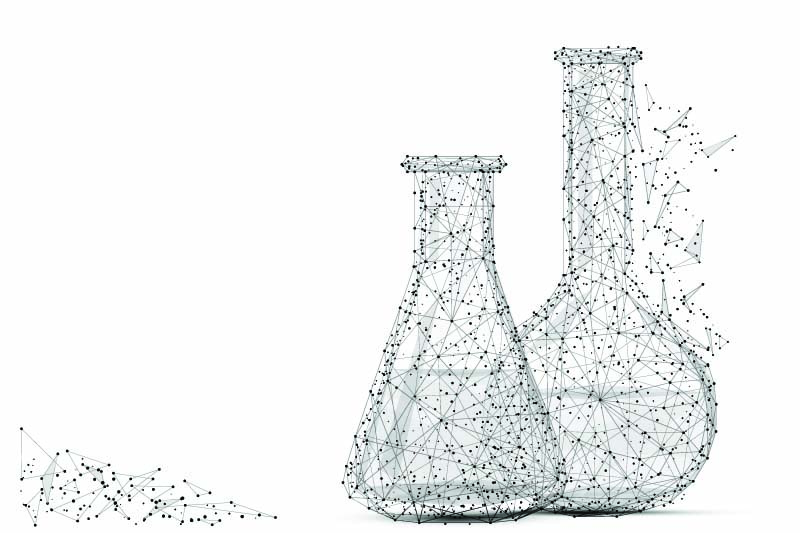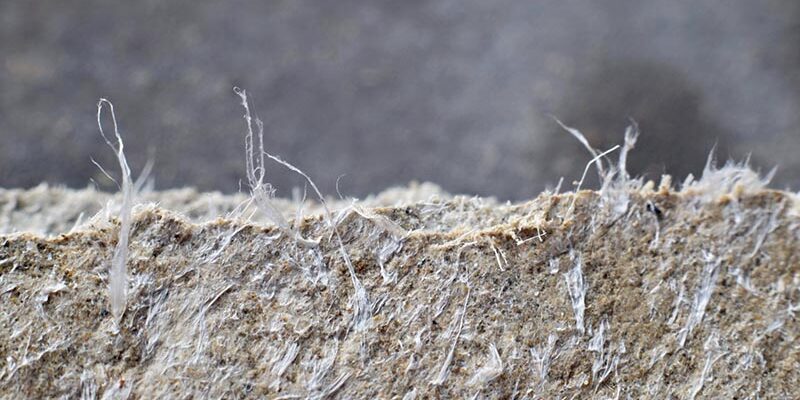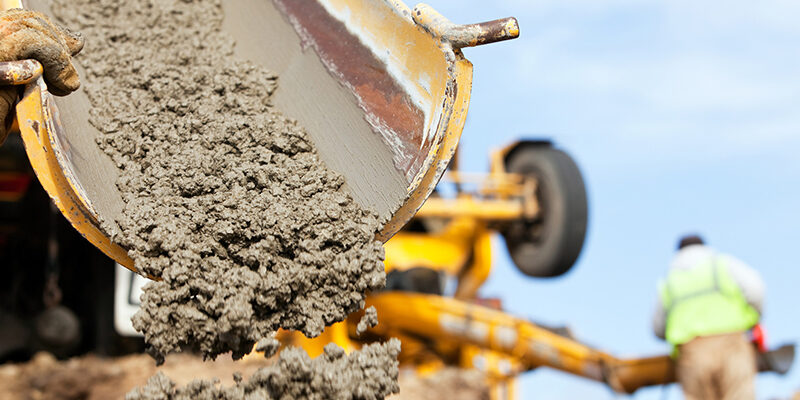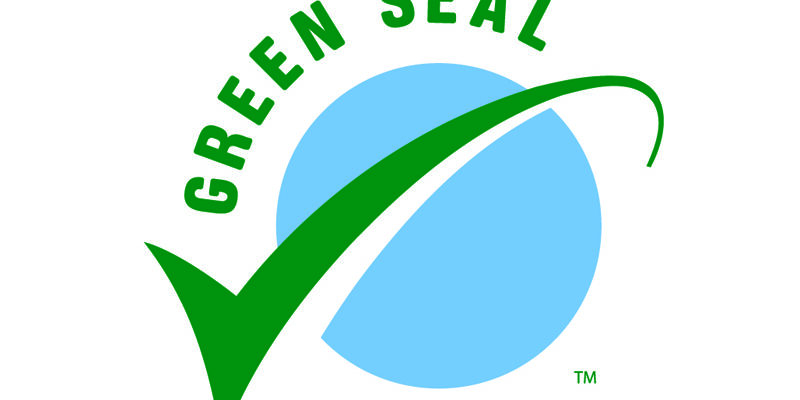Math Principles Essential to the Science of Cleaning

By Tom Forsythe
Math and science have always been necessary to one another. Science evaluates and defines basic principles in the world that we live in. Math quantifies these differences. All cleaning product formulas use various ingredients at different percentages. Ingredients have different specific gravity for liquids or bulk density for powders. Solvents weigh less than water. Liquid acids and alkalines weigh more than water. Powders are absorbed into water, increasing the weight more than the volume. Some powders weigh more than other powders even when the volume is the same.
Recommended dilutions are determined by the concentration of the cleaning product formulas. Ready-to-use gallon costs are determined by the dilution and not the cost of the concentrate. There are many lab tests that also can quantify performance differences between formulas. Generally, in the field, the diluted solutions just have to pass the eye test. In short, math determines the proper dilution and the performance of that dilution.
The amount of solids in any formula determines its dilution and performance. The type of solid also determines its dilution and performance. Some ingredients do a lot more with less. This principle is seen with extraction rinses. Basically, these formulas are comprised of surfactants and builders, acidic or alkaline. Typical dilutions are 1 to 320 for liquids and 1 to 640 for powders. Solvents, hydrogen peroxide, encapsulants, and fluorochemicals are not included in extraction rinses, as they provide almost no visible performance benefits at rinse dilutions.
Different formula types will have different weights. Solvent-based formulas will weigh as little as odorless mineral spirits’ 6.33 pounds per gallon and as high as glycol ether DB’s 7.93 pounds per gallon. The weight of a solvent-based formula is not usually an indication of quality, but rather the selection of solvents. Some solvents, like d’limonene, are more expensive and more valued. D’limonene weighs 7.18 pounds per gallon, and the closer a formula’s weight is to 7.18 pounds per gallon, generally the higher percentage of d’limonene in comparison with similar solvents that are used in competitive formulas.
Some types of water-based formulas will weigh more if they have more solids, as they typically use a combination of solvents, surfactants, and builders. My company makes two carpet presprays with similar ingredients at different concentrations. One formula weighs 8.64 pounds per gallon and is diluted at 1 to 8, while the other formula weighs 9.41 pounds per gallon and is diluted at 1 to 32. Interestingly, when water (8.33 pounds per gallon) is factored into the weight at a ready-to-use dilution, they both weigh 8.36 pounds per ready-to-use gallon.
This is where it gets interesting. Chemical cost is only one variable. Packaging, labor, overhead, and shipping are the same costs despite the concentration of the chemical. The product with the 1 to 8 dilution has a list price of $19.33 and a ready-to-use gallon cost of $2.15. The product with the 1 to 32 dilution has a list price of $39.73 and a ready-to-use gallon cost of $1.20. The product with less concentration costs 1.8 times more in the ready-to-use concentration than the more concentrated product. The reason is that the less-concentrated formula has one chemical cost, but the other costs are four times higher than the more concentrated chemical. In short, the more concentrated the product you buy, the less packaging, labor, overhead, and shipping costs.
There are a few lab tests that can quantify different variables of product performance. The best available are the tests developed by the Carpet and Rug Institute. They list the variables of soil removal, resoiling, residual moisture, changes in surface appearance, colorfastness, pH, and optical brighteners. There also are some standardized tests for protectors regarding soil resistance, stain resistance, water repellency, and oil repellency.
Field tests vary by cleaner. The best field tests are those with a side-by-side cleaning evaluation of two different products. If this is repeated several times, then the cleaner generally can conclude which product performs better. Some other variables to consider are:
- Foam levels,
- Resoiling tendencies,
- Personal safety of ready-to-use dilutions,
- The “green”/“eco-friendly” status of the product,
- The quality of the fragrance,
- Product consistency from batch to batch,
- The ease of dissolving when using powders,
- Local accessibility,
- Product pH,
- Cloud point,
- Regulatory compliance, including SDS,
- Quality of label instructions,
- Technical support of product,
- Available training,
- Presence of corrosion inhibitors,
- Presence of stabilizers,
- Evidence of innovation,
- Concentration of product.
Math, when appropriately utilized, can provide facts to add logic to balance emotion, resulting in better selection of cleaning product formulas. The easiest way to quantify cleaning tests is to compare products on a ready-to-use basis in terms of cost.
Earlier in this article, one of the products had a $2.15 ready-to-use gallon cost. If you diluted the other product at 1 to 18 instead of 1 to 32, then you would have the same $2.15 ready-to-use gallon cost. Conversely, you could dilute the product designed for 1 to 8 dilution at a 1 to 16 dilution to match the $1.20 per ready-to-use gallon cost of the more concentrated formula. A side-by-side comparison of these two products would readily reveal that the concentrated product was the best cleaner.
In short, let math and side-by-side testing provide a quantitative basis for any important product decisions that you need to make.
Tom Forsythe has worked for Bridgepoint Systems for 20 years and has developed more than 200 chemical products.












